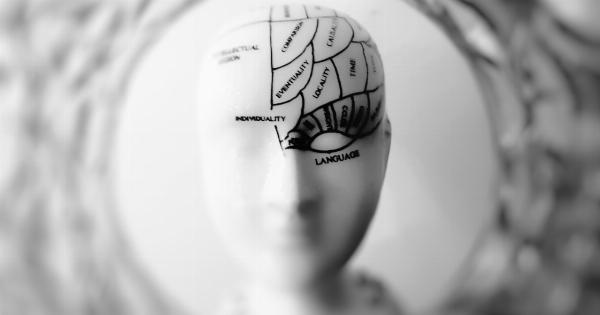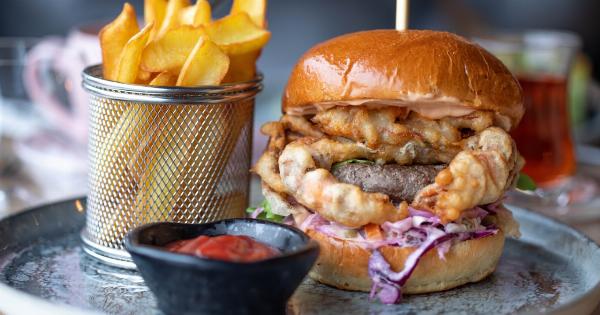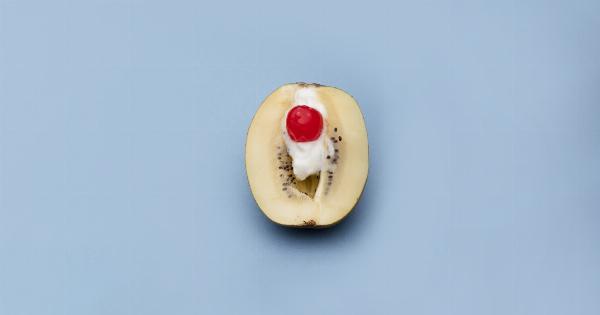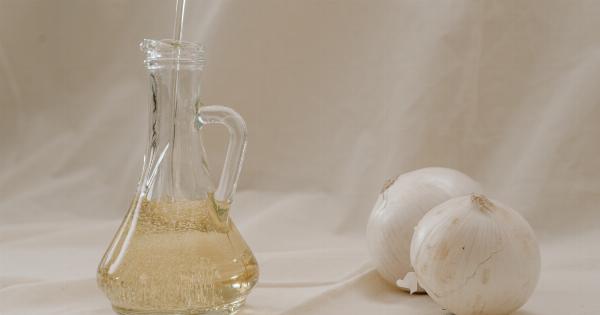Fat, or lipids, play a crucial role in the human body. They are often associated with negative connotations due to their connection to weight gain and various health issues.
However, it is essential to understand that not all fats are detrimental to our well-being. In fact, our bodies require certain types of fats for various physiological processes. In this article, we will explore the science behind fats and delve into their crucial role in the body.
1. What are Lipids?
Lipids are a group of organic compounds that are insoluble in water but soluble in organic solvents such as alcohol and ether. They are primarily composed of hydrocarbons and serve as a concentrated source of energy for the body.
Lipids include various substances, such as fatty acids, triglycerides, phospholipids, and cholesterol.
2. Classification of Lipids
Lipids can be classified into several categories based on their chemical structure and properties:.
a) Fatty Acids
Fatty acids are the building blocks of lipids. They are carboxylic acids with a long hydrocarbon chain. Fatty acids may be saturated, meaning they have no double bonds in their structure, or unsaturated, containing one or more double bonds.
Unsaturated fats can further be divided into monounsaturated (one double bond) and polyunsaturated (multiple double bonds) fatty acids.
b) Triglycerides
Triglycerides, commonly known as fats, are the most abundant form of lipids found in the body. They consist of three fatty acids covalently bonded to a glycerol molecule.
Triglycerides serve as a major energy reservoir and provide insulation and protection to various organs within the body.
c) Phospholipids
Phospholipids are a vital component of cellular membranes. They consist of two fatty acids, a phosphate group, and a glycerol molecule.
The unique structure of phospholipids allows them to form a bilayer arrangement, forming a barrier that separates the cell from its external environment.
d) Cholesterol
Cholesterol is a lipid that is essential for various physiological processes. It is a crucial component of cell membranes, contributes to the synthesis of hormones and vitamin D, and aids in the digestion of dietary fats.
However, high levels of cholesterol can lead to the development of cardiovascular diseases.
3. Functions of Lipids in the Body
Lipids play several crucial roles in the human body, including:.
a) Energy Storage
One of the fundamental functions of lipids is energy storage. Triglycerides, in particular, serve as an efficient way to store excess energy.
When the body requires energy, these stored triglycerides are broken down through a process called lipolysis, releasing fatty acids that can be utilized as fuel.
b) Structural Component
Lipids serve as vital structural components in various cells and tissues. Phospholipids, for instance, are a key constituent of cell membranes, providing fluidity and stability to the structure.
Additionally, lipids also contribute to the structure and function of other essential components such as lipoproteins and myelin sheaths.
c) Hormone Production
Lipids, specifically cholesterol, are crucial in the production of hormones. Cholesterol is converted into hormone precursors, which are then further modified to produce hormones such as cortisol, testosterone, and estrogen.
These hormones regulate various processes within the body, including metabolism, development, and reproduction.
d) Protection and Insulation
Fat tissues serve as protective cushions, shielding internal organs from damage due to external forces. The layer of fat beneath the skin acts as insulation, regulating body temperature and preventing heat loss.
e) Absorption of Fat-Soluble Vitamins
Fat-soluble vitamins (A, D, E, and K) require lipids for absorption in the intestines. The presence of dietary fats facilitates the absorption of these vitamins, allowing for their transport and utilization throughout the body.
4. Balancing Fat Intake
While lipids are essential for our overall well-being, an imbalance in fat intake can have detrimental effects on health. It is crucial to maintain a healthy balance of different types of fats:.
a) Saturated Fats
Saturated fats, primarily found in animal-based products, can increase the risk of cardiovascular diseases when consumed in excess.
It is recommended to limit their intake and opt for healthier alternatives such as lean meats, fish, and plant-based fats.
b) Unsaturated Fats
Unsaturated fats, including monounsaturated and polyunsaturated fats, are considered healthier options. These fats can help reduce the risk of heart disease and inflammation. Sources of unsaturated fats include avocados, nuts, seeds, and olive oil.
c) Trans Fats
Trans fats are artificially created by hydrogenating unsaturated fats. They are commonly found in fried and processed foods and have been linked to an increased risk of heart disease.
It is highly advised to minimize the consumption of these unhealthy fats.
5. Conclusion
Though often demonized, lipids or fats are an essential component of our bodies, playing crucial roles in energy storage, hormone production, structural integrity, and other physiological processes.
Understanding the science behind fats enables us to make informed choices about our dietary consumption, ensuring a healthy balance for overall well-being.






























